All information comes from the Eyewitness Guide to Florence and Tuscany, compliments of Mrs. Bing, and from Rick Steves’ Italy Guide:
Borgo degli Albizi: Random house and archway by a bus stop I was waiting at…
Via dei Possi: Interesting Roman-esque arch with a tear-drop keystone
 Copyright &© by the contributing authors. All material on this collaboration platform is the property of the contributing authors.
Copyright &© by the contributing authors. All material on this collaboration platform is the property of the contributing authors.
Ideas, requests, problems regarding TWiki? Send feedback
- Palazzo Rucellai
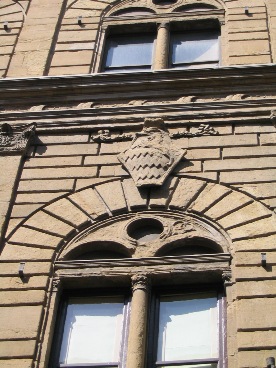
- Santa Maria Novella
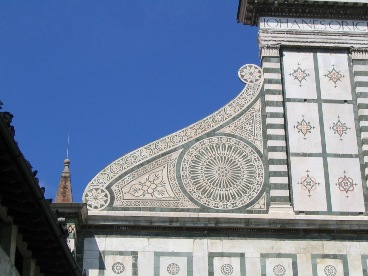
- Spedale degli Innocenti
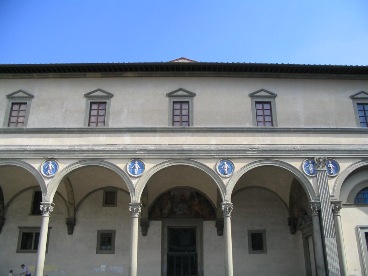
- Spedale degli Innocenti
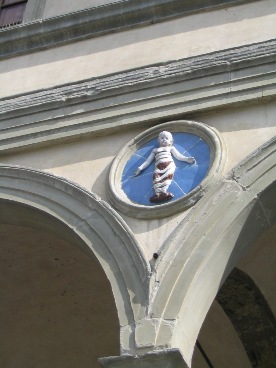
- San Gimignano
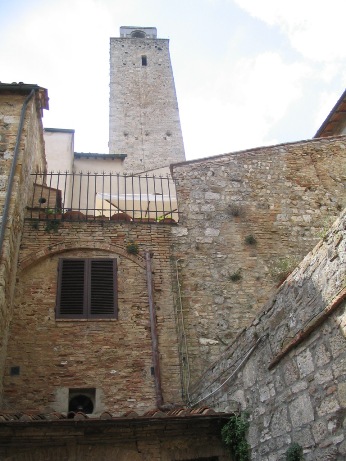
- San Gimignano
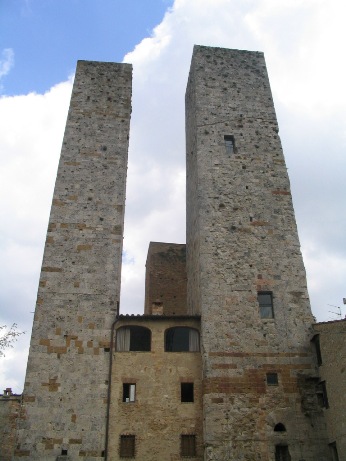
- Volterra
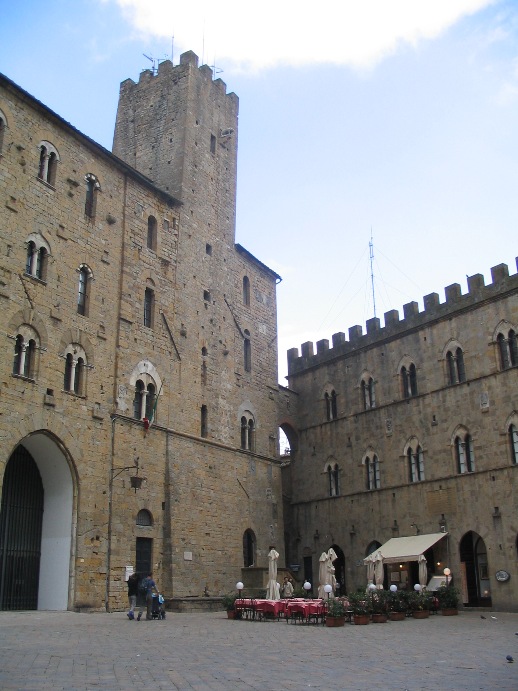
- Bob's machine:
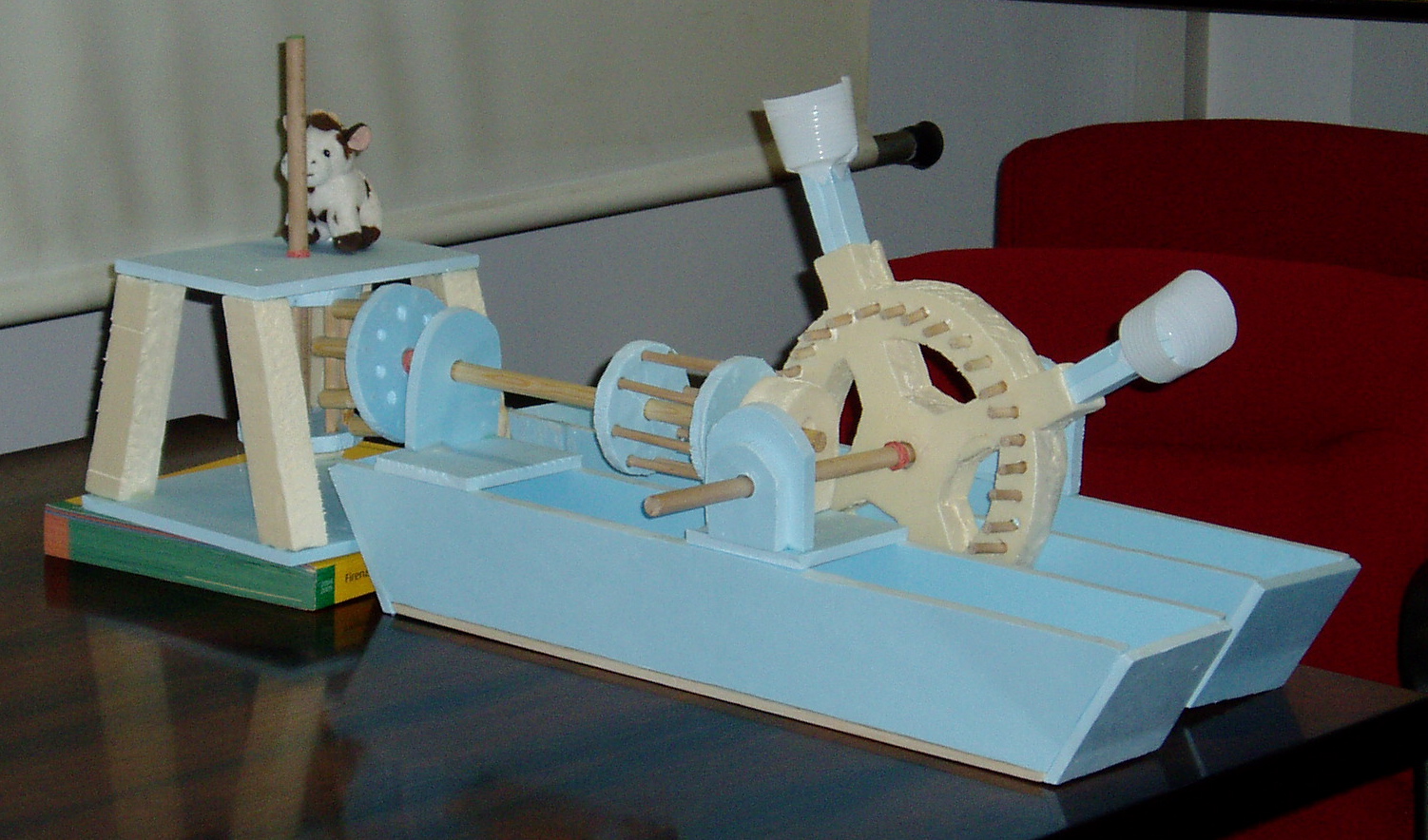
Ideas, requests, problems regarding TWiki? Send feedback